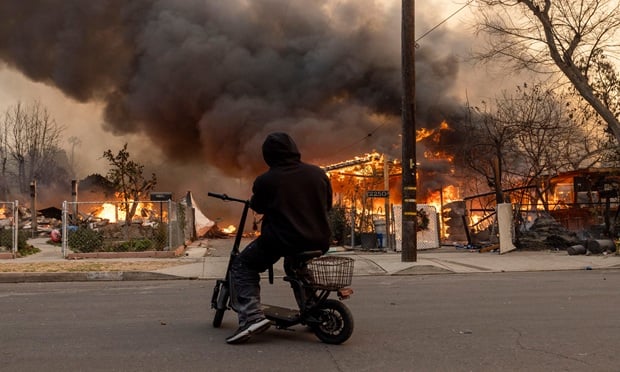The Florida Hurricane Catastrophe Fund and Florida Citizens Property Insurance Corp. have more than $2 trillion in total exposures, exceeding the exposures of eight other similar state programs combined, according to a new report by the Government Accountability Office (GAO).
The report reviewed the status of state natural catastrophe insurance programs in Alabama, California, Florida, Louisiana, Mississippi, North Carolina, New Jersey, South Carolina and Texas.
The GAO found that the insurance programs in Mississippi, Texas, and Florida had the most growth in total exposures from 2005-2009, with increases of 495 percent, 147 percent and 146 percent, respectively.
The report also notes that in 2009, gross written premiums among state programs ranged from a high of about $2.2 billion for Florida Citizens to a low of $10 million in New Jersey.
Additionally, the report reviewed state programs' support of public policy goals identified in prior GAO reports, including charging premium rates that reflect the risk of loss.
GAO found that 6 of the 10 states charged rates that do not fully reflect the risk of loss.
In Florida, rates had been legislatively frozen at 2006 levels since January 1, 2007. But Florida Citizens started phasing in rates that more fully reflect the risk of loss on Jan. 1, 2010, GAO said.
The report also found that 7 of 10 state programs are taking steps to encourage private market participation.
In 2008, more than 385,000 Florida Citizens' policies were placed with 14 private market insurers who agreed to assume the policies, the report said. But the GAO said there is concern regarding whether some of these insurers are adequately capitalized to assume the risks.
The report also identifies four proposals contained previously in national legislation that would increase the federal role in natural catastrophe insurance.
The proposals include the facilitation of risk transfer from states to reinsurance or capital markets, or to the federal government; federal guarantees of state pre and post event bonds; a federal lending facility for qualified state natural catastrophe insurance programs; and a federal reinsurance program.
The GAO concluded that these proposals involve trade-offs that would have to be balanced, and explained that while the proposals could lower premium rates and increase public participation in state natural catastrophe programs, they could also discourage private participation and mitigation efforts and expose taxpayers to the potential cost of a state failure to repay its debt.
Want to continue reading?
Become a Free PropertyCasualty360 Digital Reader
Your access to unlimited PropertyCasualty360 content isn’t changing.
Once you are an ALM digital member, you’ll receive:
- Breaking insurance news and analysis, on-site and via our newsletters and custom alerts
- Weekly Insurance Speak podcast featuring exclusive interviews with industry leaders
- Educational webcasts, white papers, and ebooks from industry thought leaders
- Critical converage of the employee benefits and financial advisory markets on our other ALM sites, BenefitsPRO and ThinkAdvisor
Already have an account? Sign In Now
© 2025 ALM Global, LLC, All Rights Reserved. Request academic re-use from www.copyright.com. All other uses, submit a request to [email protected]. For more information visit Asset & Logo Licensing.








